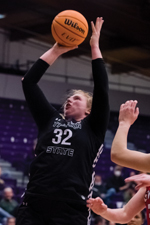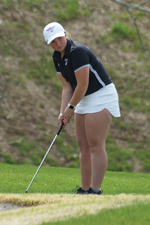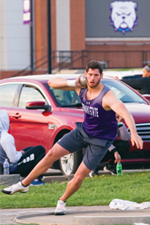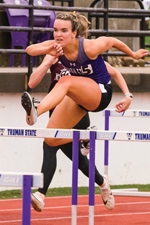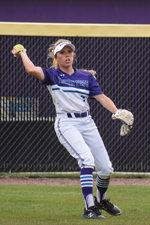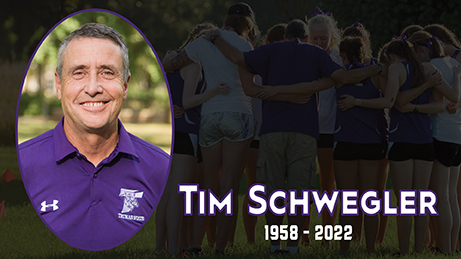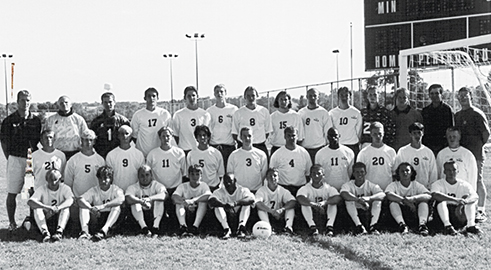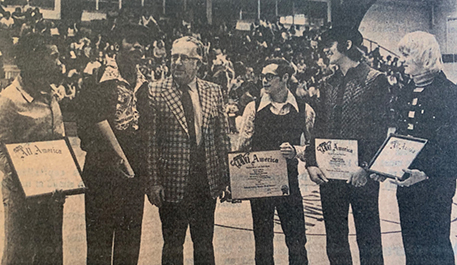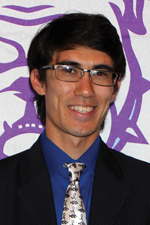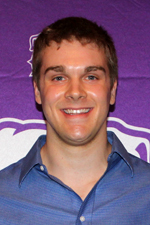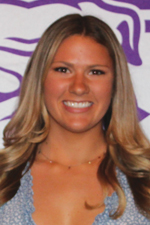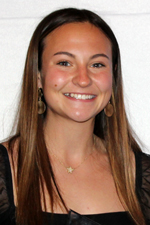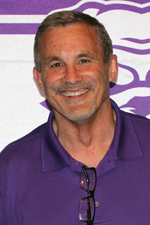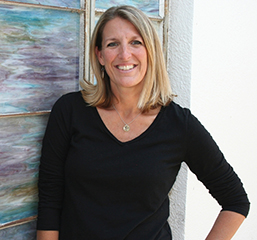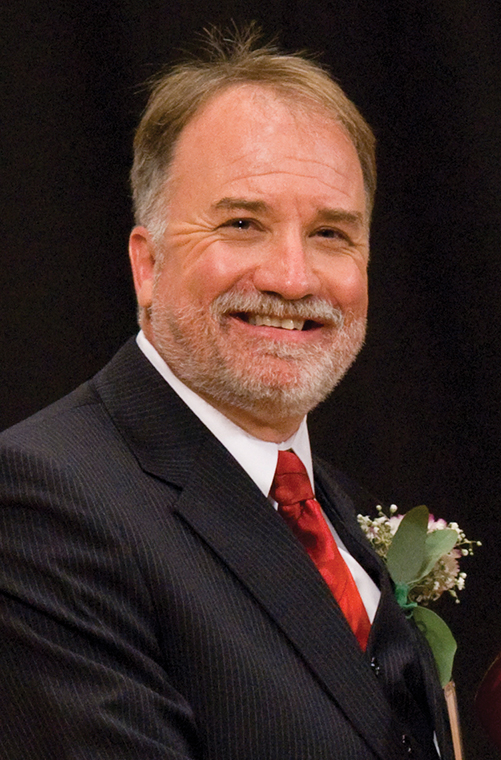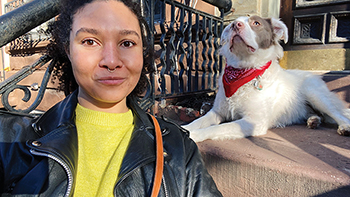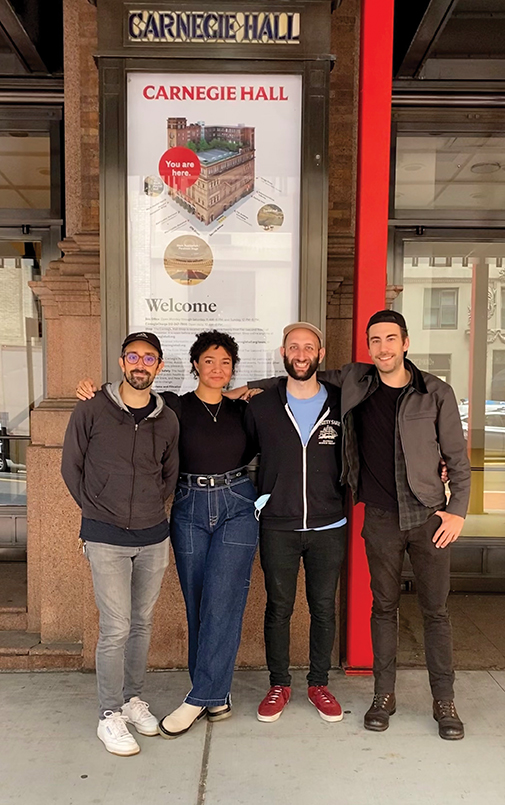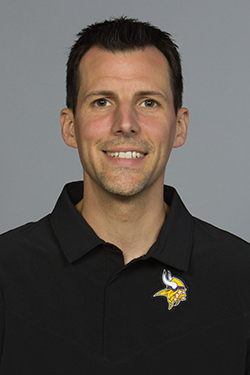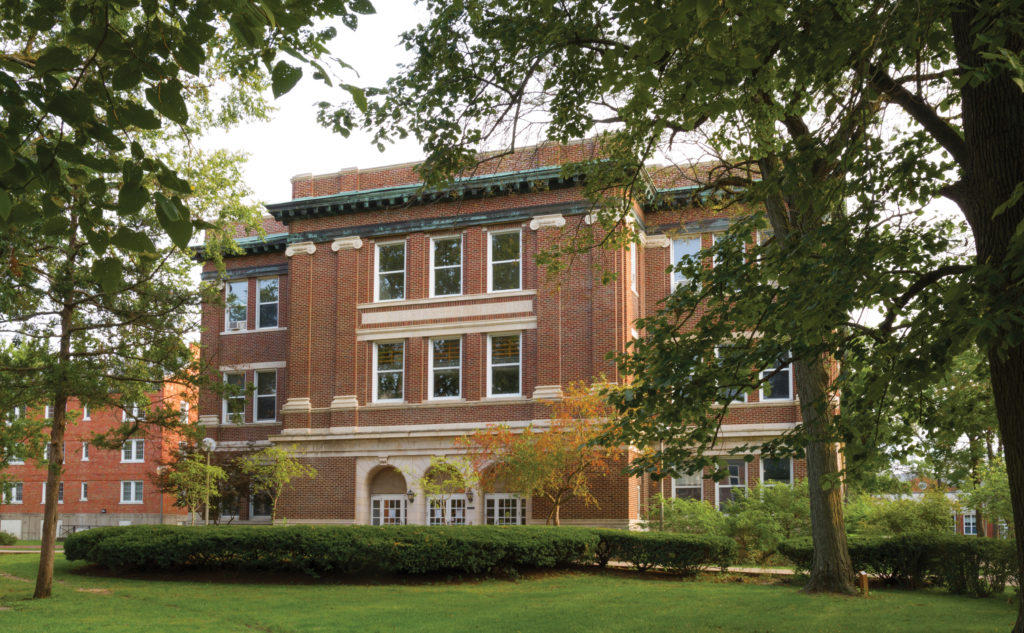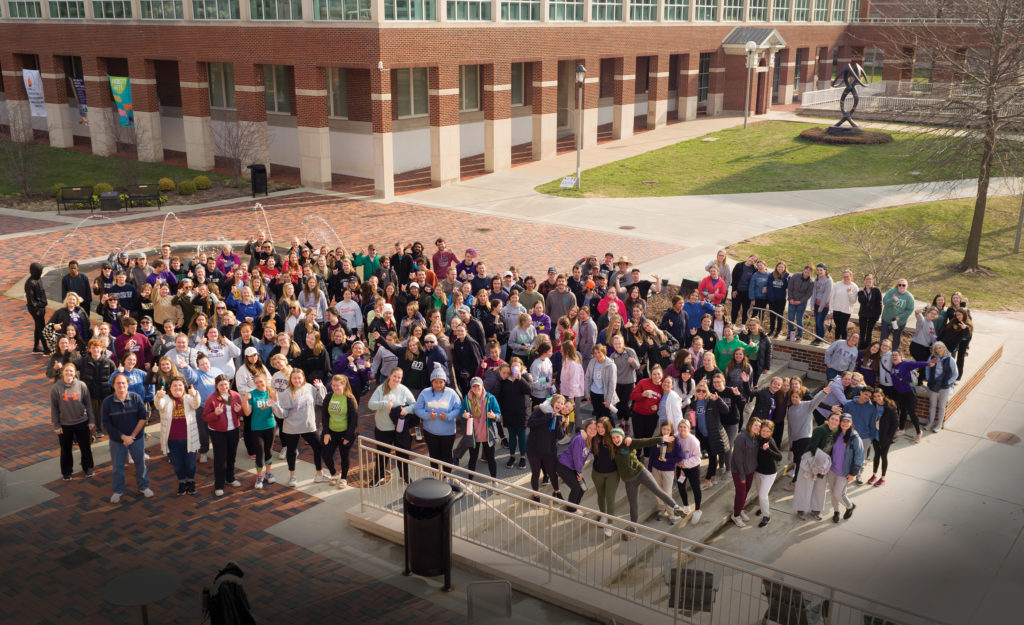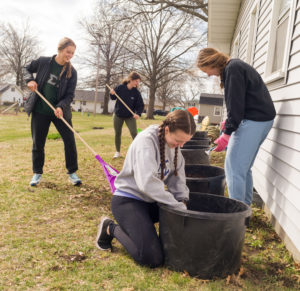WOMEN’S BASKETBALL
Weltha earned all-region and first-team all-conference honors after averaging more than 16 points and 10 rebounds per game this past season. She pulled down 307 rebounds to rank fifth in a season at Truman and helped the Bulldogs with two clutch free throws in the final seconds as they upset No. 1 Drury at home 67-66, Jan. 17.
WOMEN’S GOLF
Hunt led the women’s golf team in competitive rounds played with 18 and tied for the lowest single-round score of the season at 75 with fellow teammate Natalie Fatka. Hunt averaged 84.3 strokes per round. She had one top-10 finish in a tournament, placing eighth at Columbia College. Honorable mention to Macyn Young who recorded the fifth hole in one in Bulldog golf history and first since 2002.
MEN’S TRACK & FIELD
Morris qualified and earned All-America honors at the NCAA Division II Indoor Track & Field Championships in weight throw after breaking the Bulldog indoor record in the event earlier in the season. Morris finished 10th at the indoor nationals. Moving to the outside season, Morris continued to rule the throwing events and was the GLVC champion in the discus throw.
WOMEN’S TRACK & FIELD
Feeney took the bronze medal at the 2022 GLVC Outdoor Track & Field Championships in the heptathlon and was a member of the 4×400 relay team that qualified for the Drake Relays this spring. Feeney scored a career-best 4,488 points in the seven-event heptathlon and was the individual event winner in the shot put. She won four events at the Truman Twilight meet and was fourth in a fifth event.
SOFTBALL
The senior wrapped up her Bulldog career in style by going 12 for 14 at the plate in her final weekend, including a five-for-five performance that tied a school record for hits in a game. Walbert led the offense with a .389 batting average while playing and starting in all 43 games. She will leave Truman softball with the fourth-best career batting average at .385. She was also a three-time All-GLVC team member.
MEN’S BASKETBALL
Cade McKnight
The standout forward saved his best for last as he was once again an NABC All-American performer, D2CCA First Team All-Region and earned CoSIDA Academic All-American Honors. He averaged a career high 19.2 points per game and 6.4 rebounds per game. He shot 57.4% from the field and 39.5% from three-point range, also both career bests. He will use his final year of eligibility at Indiana State University as a graduate student.
BASEBALL
Holden Missey
The junior first baseman led the Bulldogs in most offensive categories again in 2022, leading the team in batting average (.357), runs scored (30), hits (56), home runs (12), doubles (16) and total bases (110). He also served as the team’s closer, earning six saves and a 2-1 record in 13 appearances. He had arguably the best hitting performance in program history against Lewis this season, going five-for-five with three home runs, five runs scored and four RBI, April 29.
MEN’S SWIMMING
AJ Kohler
The sophomore earned two B Cuts at the GLVC championships. In the 200 freestyle he finished fifth in the conference with a time of 1:38.54, and in the 200 butterfly he finished 15th with a time of 1:49.99. He also set a new personal best split in the 200 freestyle relay with a time of 20.53 at the GLVC championships.
WOMEN’S SWIMMING
Emma Brabham
The senior capped off her career by qualifying for nationals in three events: the 50 freestyle, 100 backstroke and 100 freestyle. She swam 23.83 in the 50 free prelims, 55.97 in the 100 back prelims and 52.87 in the 100 free prelims. It was her second-straight appearance at nationals, qualifying in the 100 back in 2020-21.
TENNIS
Julia Fangman
Playing primarily in fourth singles this year, the junior earned a 16-6 overall record in singles play this season. In doubles play with Samantha Seggerman, the duo went 13-7 overall, playing mostly second doubles with one match at first doubles. She picked up a win in conference play at William Jewell at fourth singles.

